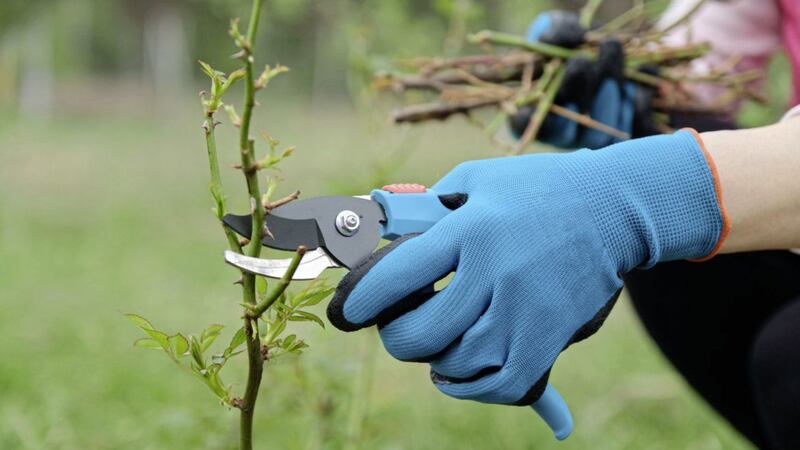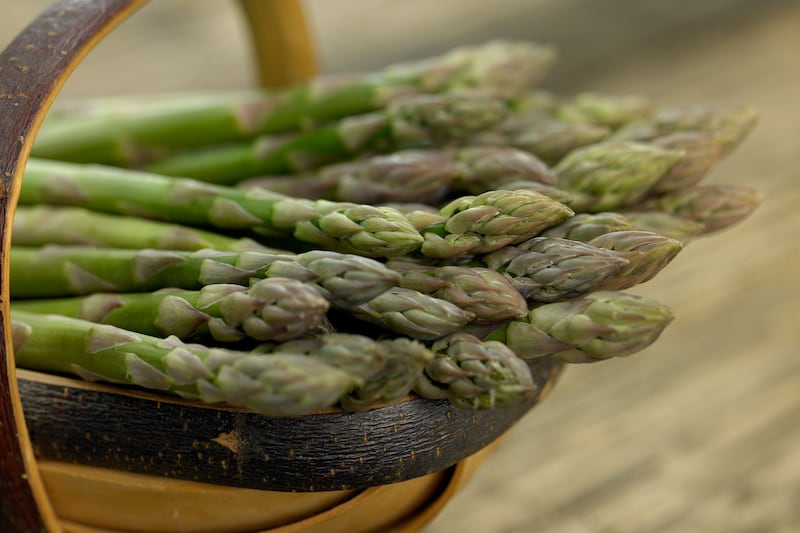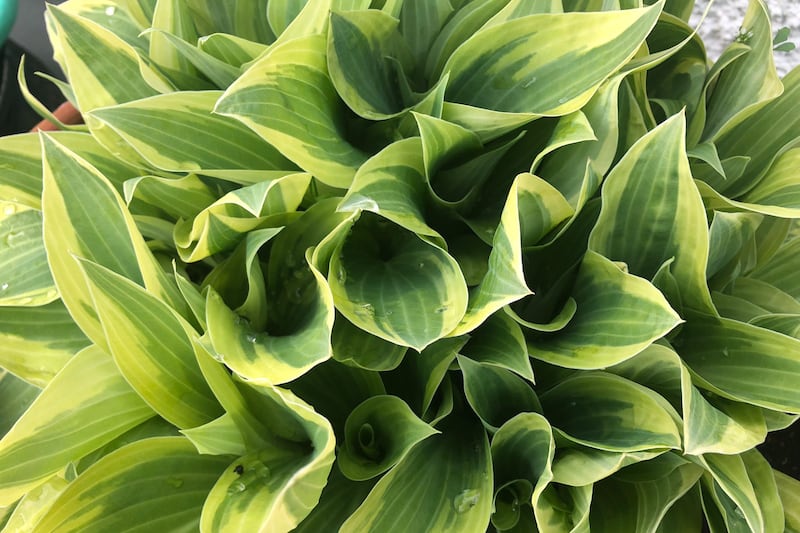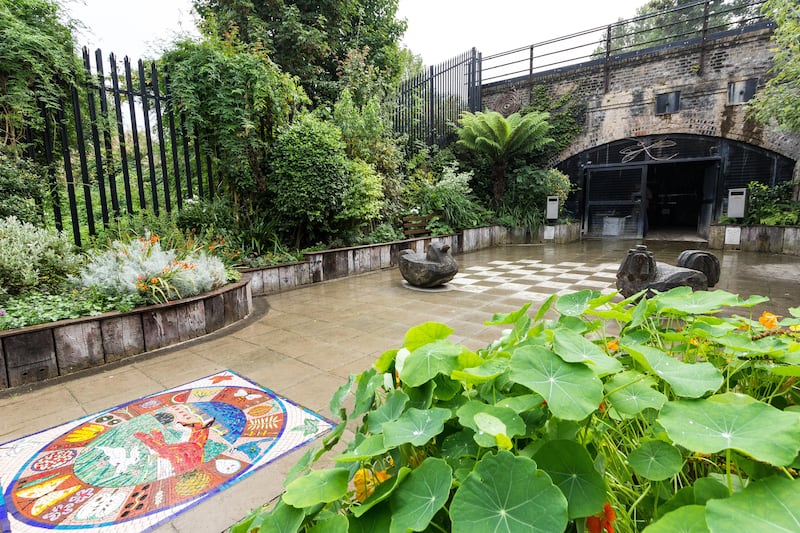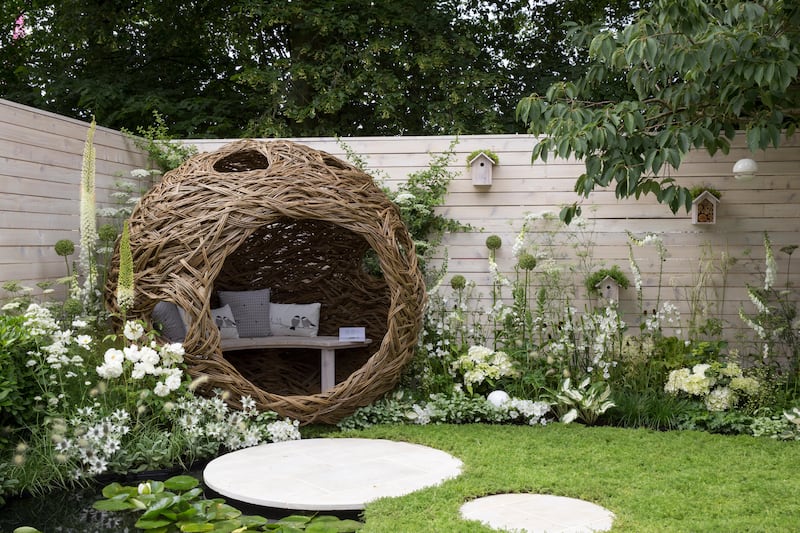IF YOU'RE already tiring of PE with Joe Wicks, bored with your daily walk or run and want to do exercise that actually achieves something visible, gardening could be the way to go.
You can burn a lot of calories digging, weeding and mowing – and achieve beautiful borders and an enviable lawn in the process.
"Completing simple gardening tasks such as planting, weeding and pruning can burn up to 300 calories an hour – a fabulous way to keep fit while enjoying the fresh air, at home," says Mark Portman, managing director for Evergreen Garden Care (lovethegarden.com).
Three hours' gardening burns as many calories as an hour-long heavy gym session – around 600 to 700 calories – according to Clyde Williams, professor of sports science at Loughborough University.
Sowing and planting seedlings, collecting grass and leaves and raking the lawn can burn more than 250 calories an hour, while pruning and weeding use up to 280, digging more than 320, and chopping logs more than 1,000 calories an hour.
Here are 10 calorie-burning garden tasks to start you off...
1. Mowing: Get rid of long, dead and old grass with a quick 20-minute session of mowing the lawn and burn up to 94 calories in the process. Physiotherapist Ford Ashworth of the Ford Ashworth Clinic advises: "Try to stand upright and not lean into the mower to protect your lumbar, thoracic and cervical spine."
2. Digging: Revamp your garden by digging and prepping it to plant something new and burn over 320 calories an hour doing so. Ashworth says: "Try not to twist your body too much to protect your rotator muscles, and alternate which side you dig to protect your hip joints."
3. Weeding: Burn up to 280 calories an hour by squatting for each weed you pull out – remember to engage your glutes for each weed. Ashworth says: "Always use a long-handled hoe where possible to keep your lumbar spine straight. If you do need to weed at ground level, do it on a kneeling pad to protect your knees and lumbar spine."
4. Pruning: Make your movements as wide as possible when pruning by increasing the arc from your start position to your end position. Pruning garden shrubs can burn up to 280 calories an hour. Ashworth advises: "Do not overreach to protect your shoulders and rotator cuff muscles, try not to look up above your head as this can cause pressure on vital arteries and cervical nerves."
5. Raking: Put maximum energy into raking and seeding the lawn and burn over 125 calories in a half hour session. Ashworth says: "Do not overreach as this could cause [spinal] problems."
6. Shovelling: Burn over 570 calories when shovelling garden waste into a wheelbarrow or garden waste bin. Ashworth advises: "Do not overload the shovel, and try to work on alternative sides to prevent lower back pain."
7. Carrying: Strengthen and tone your arms and shoulders by pushing a wheelbarrow. Carrying heavy loads in the garden can burn up to 490 calories an hour.
Ashworth says: "Standing upright will protect your lumbar spine and gluteal muscles, do not overfill and make sure the load is even so the muscles of the back are working evenly, otherwise you could cause muscle spasm."
8. Using tools: When using tools to remove weeds, trim hedges and dig plants, perform gardening tasks in the same way as you would in the gym to get maximum benefits. For example, incorporate lunges between each movement etc. Ashworth advises: "Use the correct equipment for the task, be careful bending, protect your back by bending from the knees."
9. Balancing: Balance, strengthen and stabilise your body on props around the garden, such as 'chair leg raises' if you are having a breather on your garden bench, or 'heel-toe walk' along your lawn.
Ashworth notes: "Treat gardening as you would any other form of exercise, warm up by doing stretching exercises."
10. Collecting leaves or grass: After your session there will likely be quite a lot to pick up and tidy, including leaves and grass. Ashworth advises: "Always bend from the knees if you are reaching over, if there is a lot to collect in one place, consider doing it on all fours to protect your back."
How can I avoid injury? Wear the correct clothing and appropriate footwear, no flip-flops, and use protective gloves. Wear a hat if it's sunny and use sunscreen, as well as staying hydrated, says Ashworth. He adds: "Always check with your GP before undertaking any new form of exercise if you have any pre-existing health conditions, and if you are fit and healthy, don't get carried away.
"Try not to do too much in one session and always ensure you are taking breaks between tasks. If a job is too big, always call an expert – but most of all, enjoy it."
